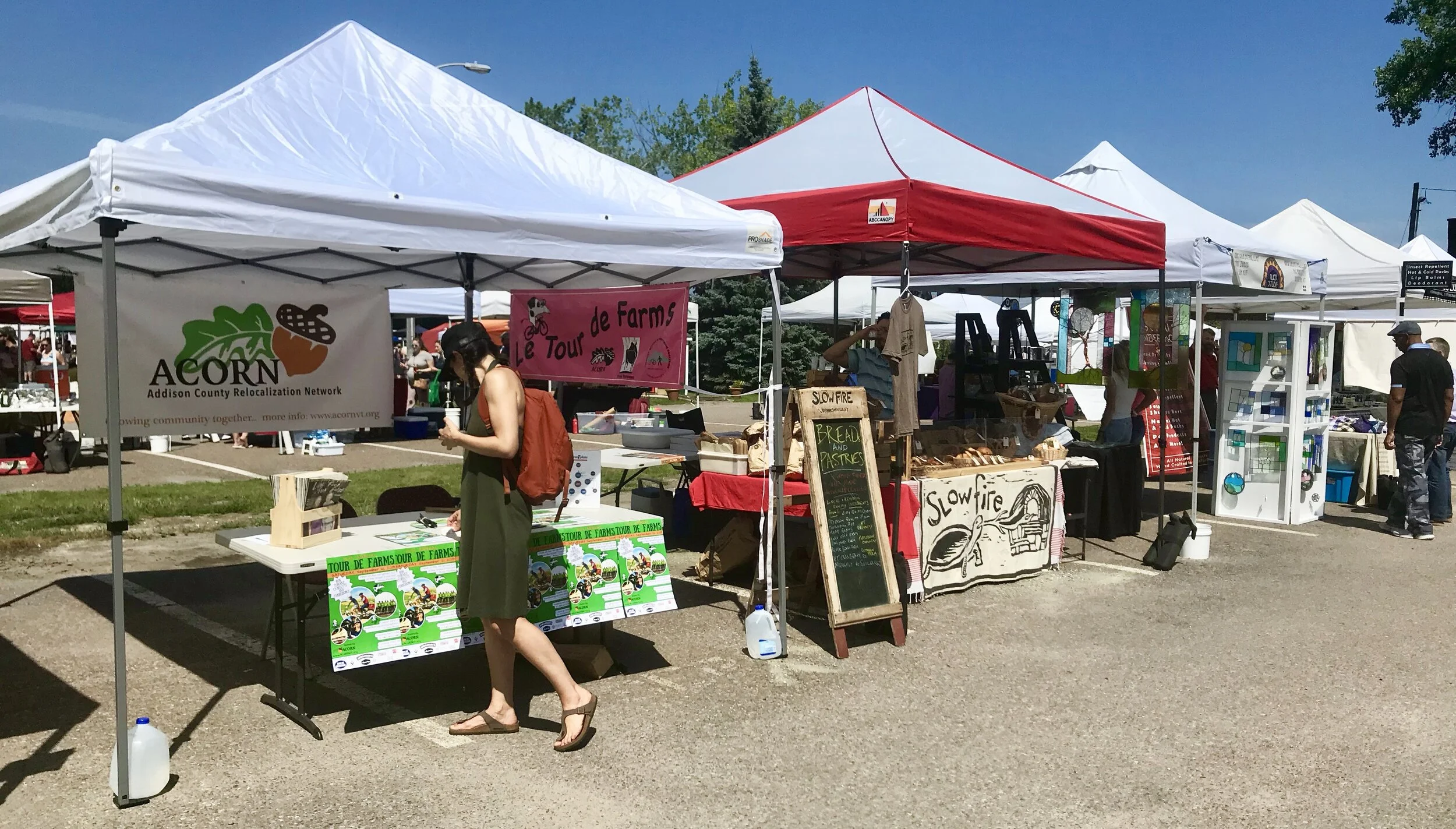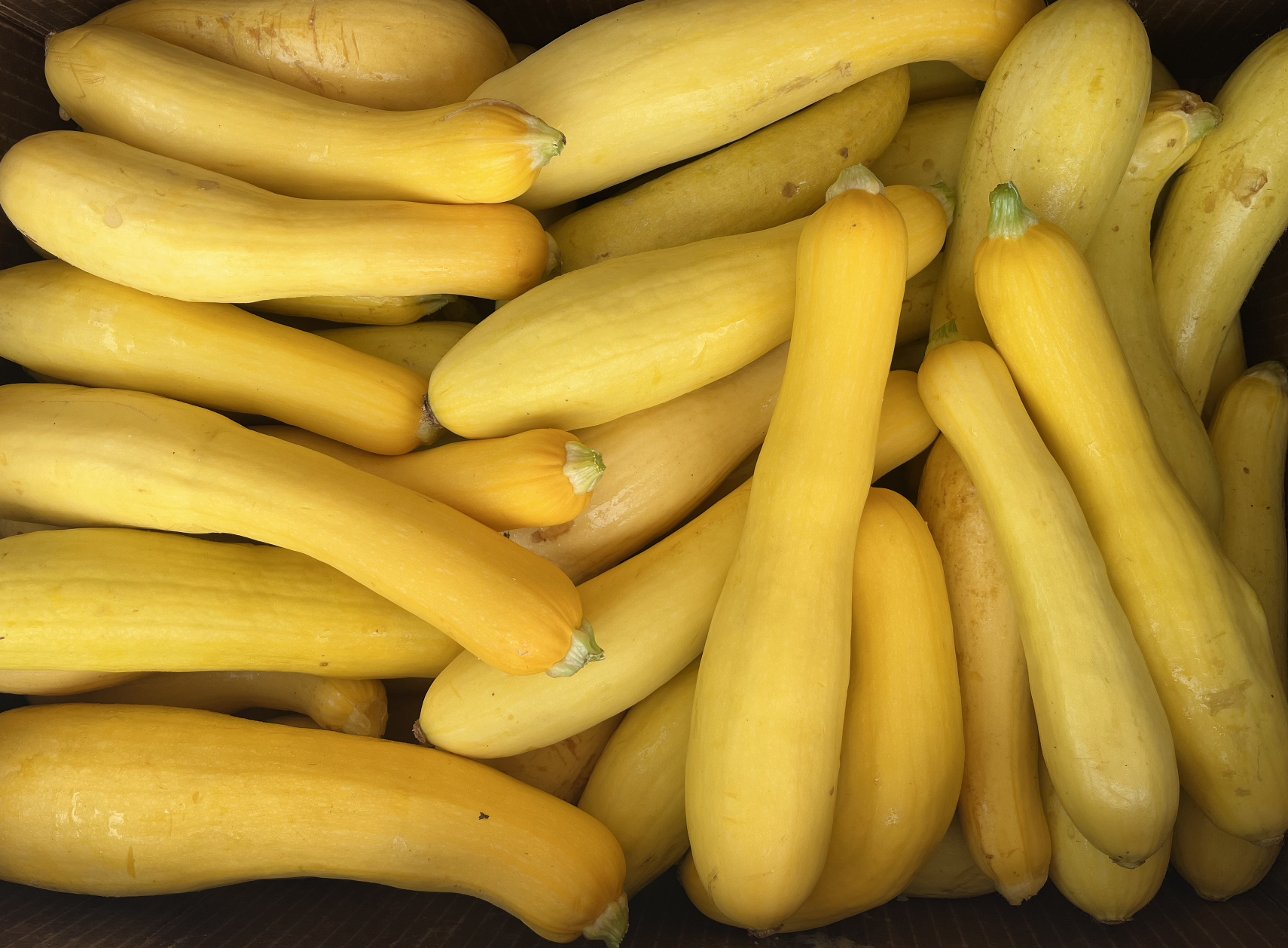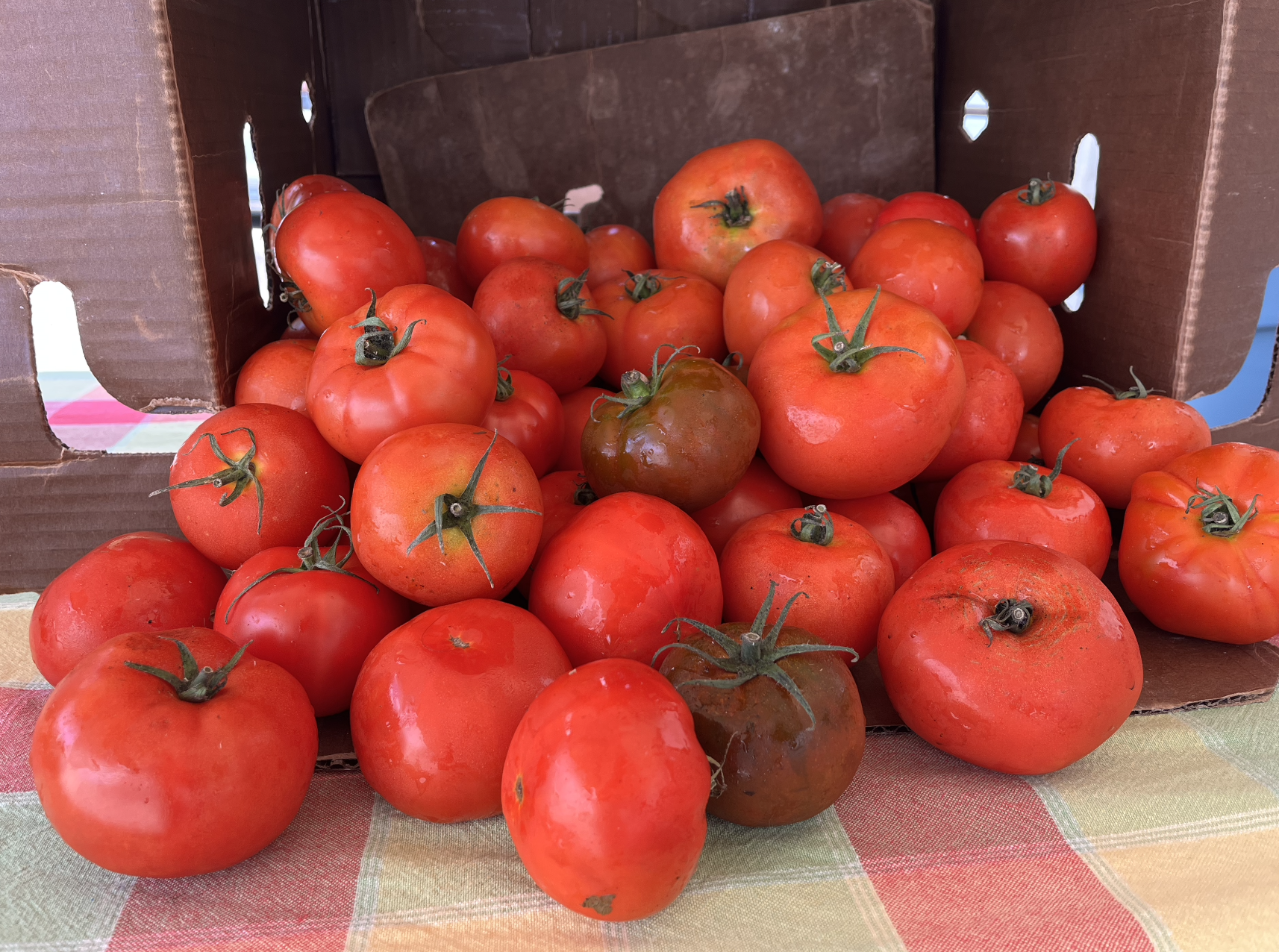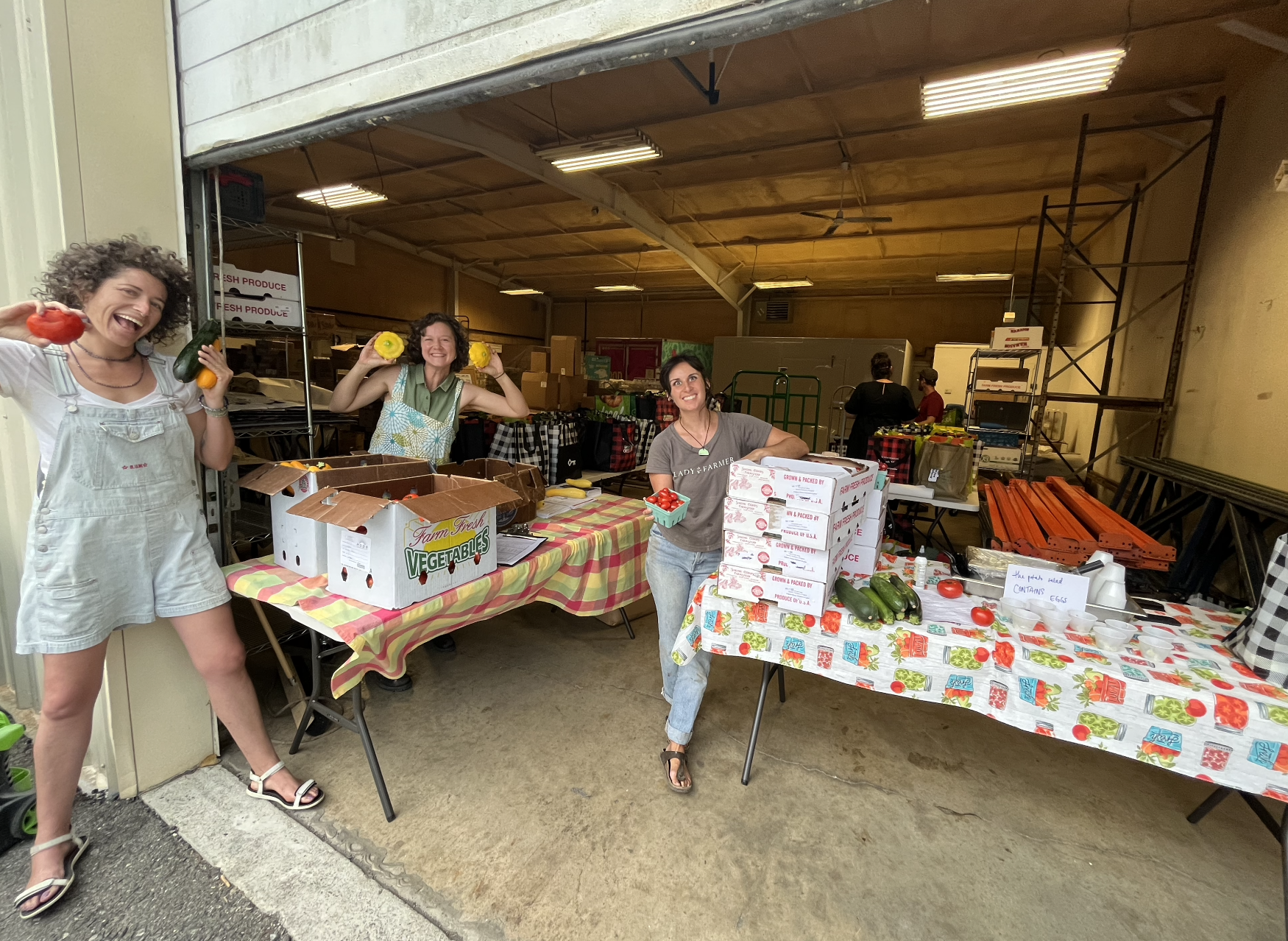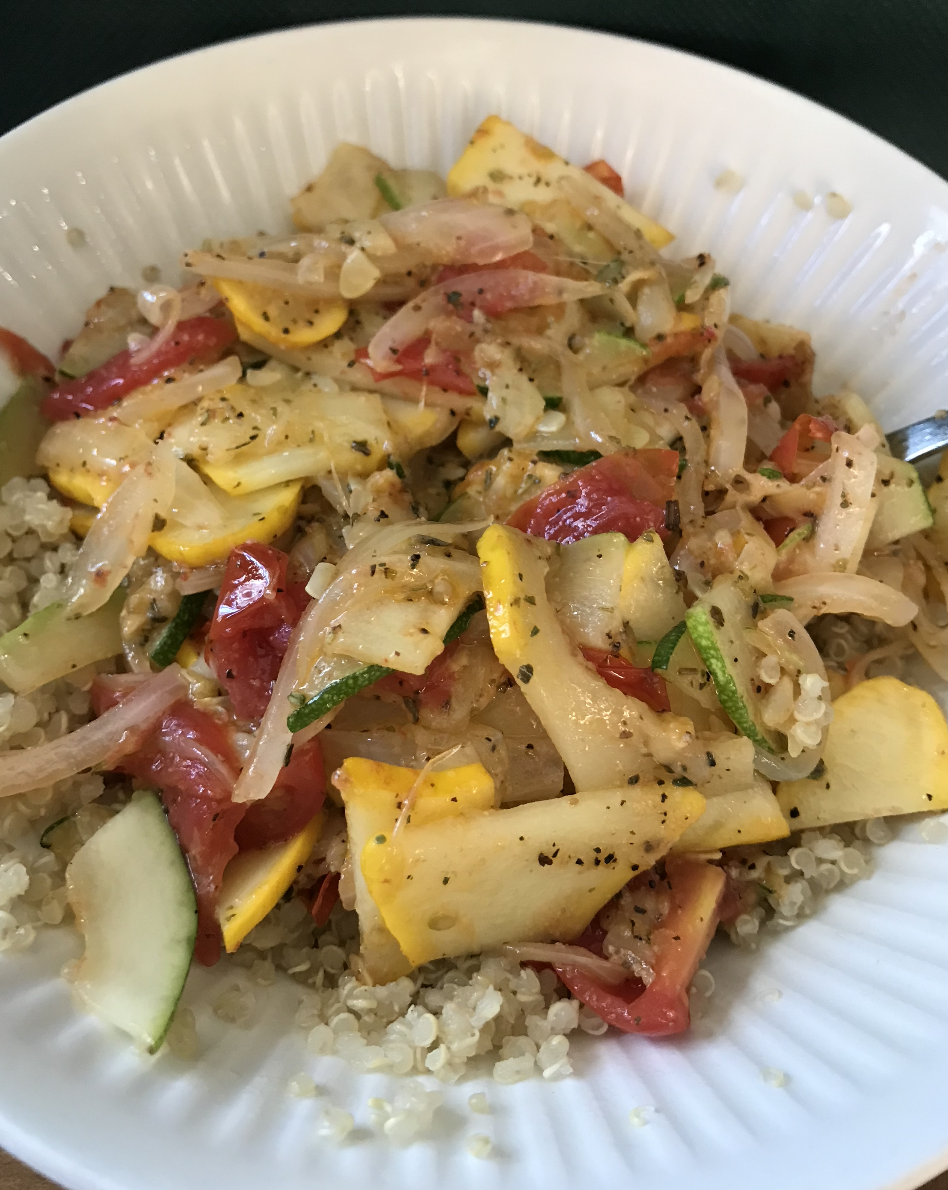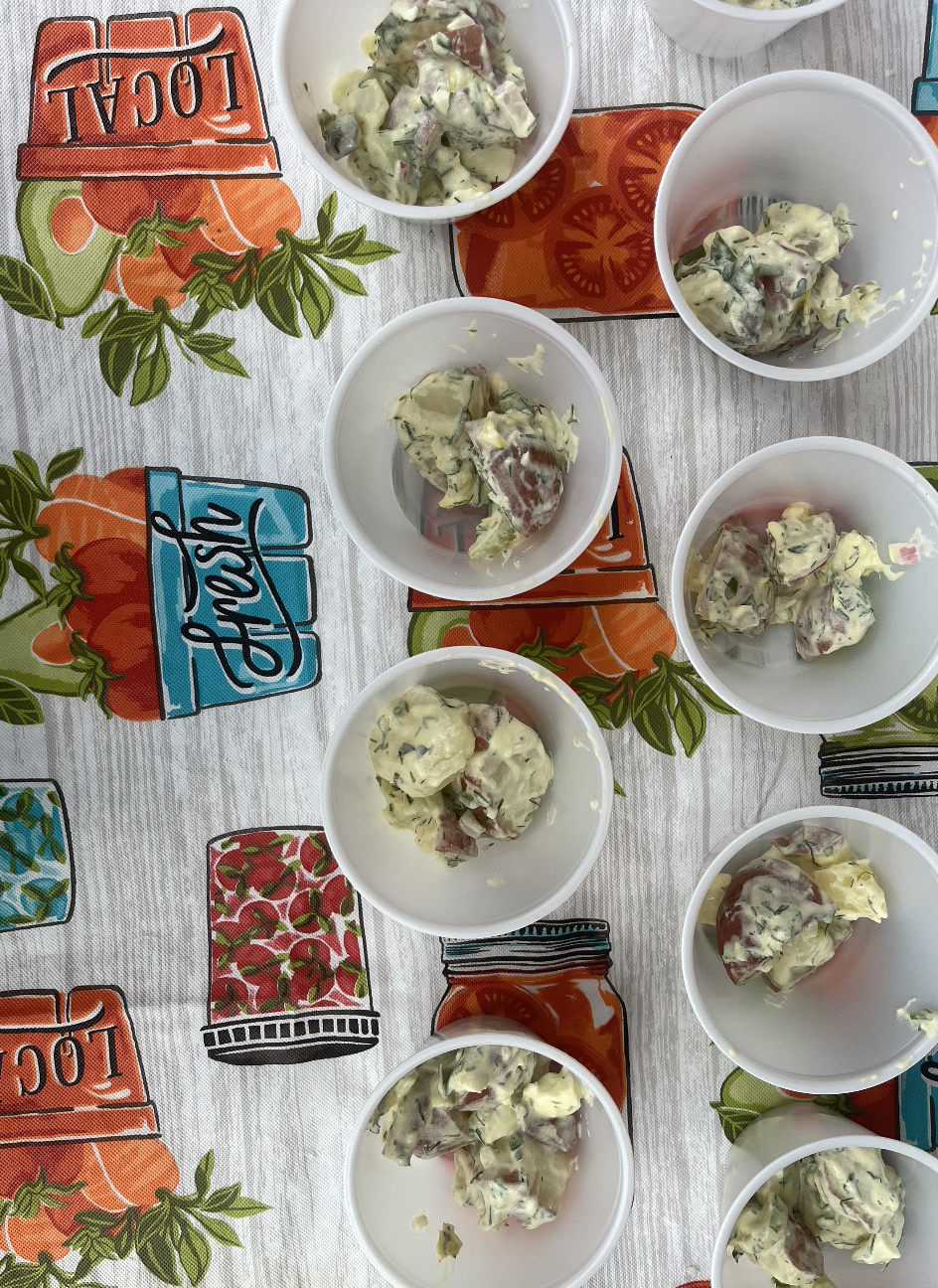Volume 4: Lester Farm and Market
/Sunset over Lesters Farm and Market
Lester Farm and Market, located just outside Middlebury in New Haven on the west side of Route 7, sits on a sloping 28-acre parcel of land overlooking the Adirondacks of New York. Pulling off the highway I left my car and proceeded down the iced-over dirt road towards the home situated just behind the quaint little farm stand that sells all manner of veggies in season. I was met by Sam and Maura at the door of their two-story home, the owners and founders of Lester Farm and Market.
For Sam, the Farm was a project that he came to later in life and brought him back to his roots. Growing up on a farm on eastern Long Island, cultivating the land has always been a part of Sam’s life. Even when he worked construction, he made sure to grow a portion of his own veggies. After marrying his partner Maura, an architecture student and publisher from New Jersey, Sam and Maura searched in vain in Maine and New Hampshire for a parcel of land to farm. They finally settled the land they are on now in New Haven after a Thanksgiving visit to Maura’s brother in Salisbury.
Sam’s farming philosophy displays a unique and wholesome way of working the land. Instead of viewing the land as a commodity that can be used strictly for financial gain, he understands the land to be a conduit through which he, and Maura, can connect to their community. “We really try to do as much as we can with the community” Sam points out. For years now, Sam and Maura have created a corn maze that school children and seniors in the community can explore, they give away hundreds of pumpkins for the community to carve, and give free tours of their farmland. Recently, they have also been a part of ACORN’s Farmacy program, allowing low-income families access to nutritious, locally-sourced foods.
Sam and Maura’s choice to use their farm to deepen community ties and bring people together is a noble aim. This choice also allows them to explore more sustainable planting practices rather than pushing the land to maximize profits. Sam’s crop beds rotate on two-year cycles. The first year the beds are used to grow produce while the second year they are rested and used for the corn maze. The corn is not harvested but allowed to decay and fortify the nutrition of the soil.
Sam also experiments with using oats and barley as cover crops in-between planting beds while growing vegetables. This form of permaculture was new to me. In most practices of permaculture, all crops are harvested, but by using cover crops in-between beds as green manure as well as a traditional cover crop, Sam fortifies the microbial levels of the soil to a greater extent. While Lester Farm and Market is not a certified organic farm, Sam was adamant to explain the organic growing practices they do use.
Sam’s planting practices not only strengthen soil nutrition, they also draw down carbon from the air through photosynthesis. Sequestering carbon in the soil is a key way that the planet regulates the carbon cycle. Healthy soils and plant roots have the incredible capacity to fix long-lived carbon in the soil and keep it out of the atmosphere. The sprawling prairies of wild grasses, goldenrod, and coneflowers across America used to act as huge sponges, keeping the climate stable by soaking up and storing carbon.
These carbon sinks, however, were dramatically disturbed and diminished by intensive European agricultural practices that prioritized extensive clearing and heavy tillage, and the planting of single cash crops After World War II, petroleum-based synthetic fertilizers were also commonly used on ever larger-scale industrial farms across the United States. As their soils were eroded and depleted of nutrients, farmers relied more and more on synthetic chemicals to produce a good harvest.
By destroying all plants and weeds but their one crop, farmers were inhibiting the earth’s ability to maintain biodiversity and healthy microbiome. It’s a little bit like trying to run a marathon without training, then eating a candy bar when you find you have no energy left. In this same vein, industrial farms destroy the soil’s biological capacity to stay healthy; then when they find their soil is degraded and their plants are weak, they boost it with a short term stimulant.
Sam and Maura
Sam’s experimentation with different cover crops as green fertilizer, as well as pest deterrents, shows a return to allowing the earth to regulate its own needs. This form of cultivation exhibits a deeper relationship with the land. It shows a new kind of stewardship, one where the agriculturist works in tandem with the earth’s intelligence to produce all kinds of food. Through these land management practices and their desire to feed the community, Sam and Maura are building a bridge between the earth and their customers. This is a vital relationship that has been lost in our consumption-based economy, but one that is important to rediscover if we are to combat the issues of climate change, healthcare and food insecurity.
Like the other farmers I have spoken to over the past few months, COVID has presented obstacles for Sam and Maura. The decline of tourism to Vermont has been the most significant change. In years past ,tourist have made up a large portion of farm sales. But this drop in non-local residents at the Farm was contrasted by a surge of locals who showed up to support local businesses. Sam and Maura hope to continue this trend of local connection in the future. Their commitment to the land and our community is an inspiring choice they’ve made. One that I hope we all can embody in the future.

